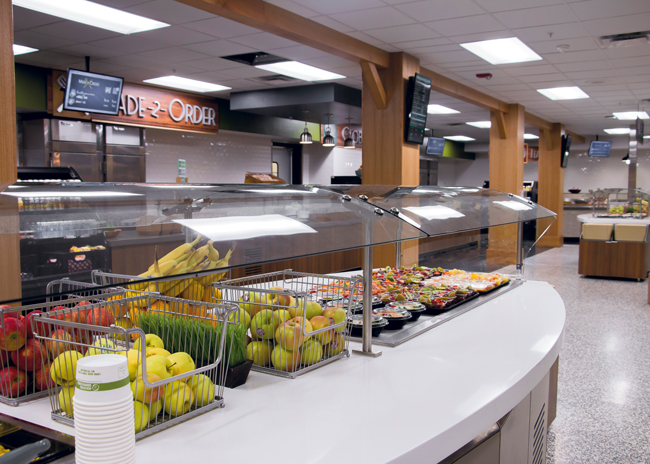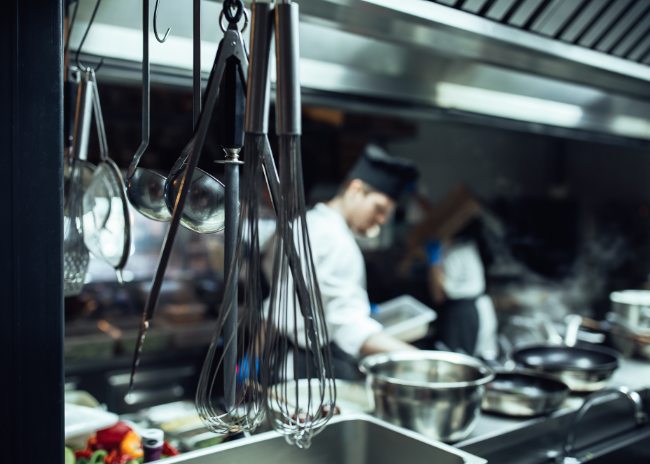School servery design does not typically adhere to a one-size-fits-all approach. What works best for elementary students is not necessarily a fit for middle or high schoolers. And with differing foodservice space allocations, budgets and program specifications, K-12 servery formats can take on seemingly endless variations.
By now, you might have spotted a coffee robot slinging lattes at an airport. Maybe you’ve ordered a fresh salad from a vending machine. Or perhaps you’ve heard people talking about seeing these mechanisms on college campuses or even in hospitals.
As in other industry segments, trends already at work reshaping senior living foodservice prior to the pandemic have intensified in strategic importance over the past two years.
Finding ways to add or enhance foodservice offerings without stretching an operator’s already-thin labor pool represents a challenge that spans most segments.
Projects are picking up, people are patronizing restaurants again and travel plans are resuming. It’s easy to be optimistic right now. But, Daniel Bendas, managing partner of the hospitality consultancy Synergy Consultants, encourages a cautious approach.
Design and equipment choices support speed and efficiency.
At this point, it should come as no surprise that supply chain issues impact kitchen equipment repairs. The waits for some parts, though, are truly shocking.
The restaurant industry is full of stories that include someone taking a job in their teens not realizing they were about to embark on a lifelong career and professional love affair. Such is the case with Meghan Lee, owner of Heirloom restaurant, a farm-to-table concept, set in Lewes, Del.
Door-type dishwashers are a good mid-sized option for operations that can’t or don’t want to dedicate the pace to a flight-type unit and need more capacity than an undercounter. Here are a few tips to keeping these warewashers running smoothly.
The word “immunity” has grown on menus by 37% in the last year, according to Chicago-based Datassential’s “New Foundations in Health” report. Fast-casual restaurant menus most commonly reference the term “immunity boosters,” and operators mainly use these ingredients in juices and bowls.
When the pandemic hit, self-serve foodservice options, including buffets, received unprecedented scrutiny.
Emergency service calls are a simple fact of life for operators. That doesn’t mean they’re always simple. From the managers to the line cooks, an operator’s team can take a number of steps to help these calls go as smoothly and affordably as possible.
Menus expand with fusion mash-ups, plant-forward elements build, and operators seek equipment efficiencies now more than ever.
Two areas of concern: supply chain issues and labor shortages.
Next-level mocktails continue to evolve as bartenders look for ways to elevate them.
Reading about trends always ushers in a sense of excitement and anticipation about potential change, growth and innovation on the horizon. Changes in how chefs, culinarians, restaurateurs and foodservice operators develop their menus can have a significant impact on the equipment choices and design details needed to support them.



















